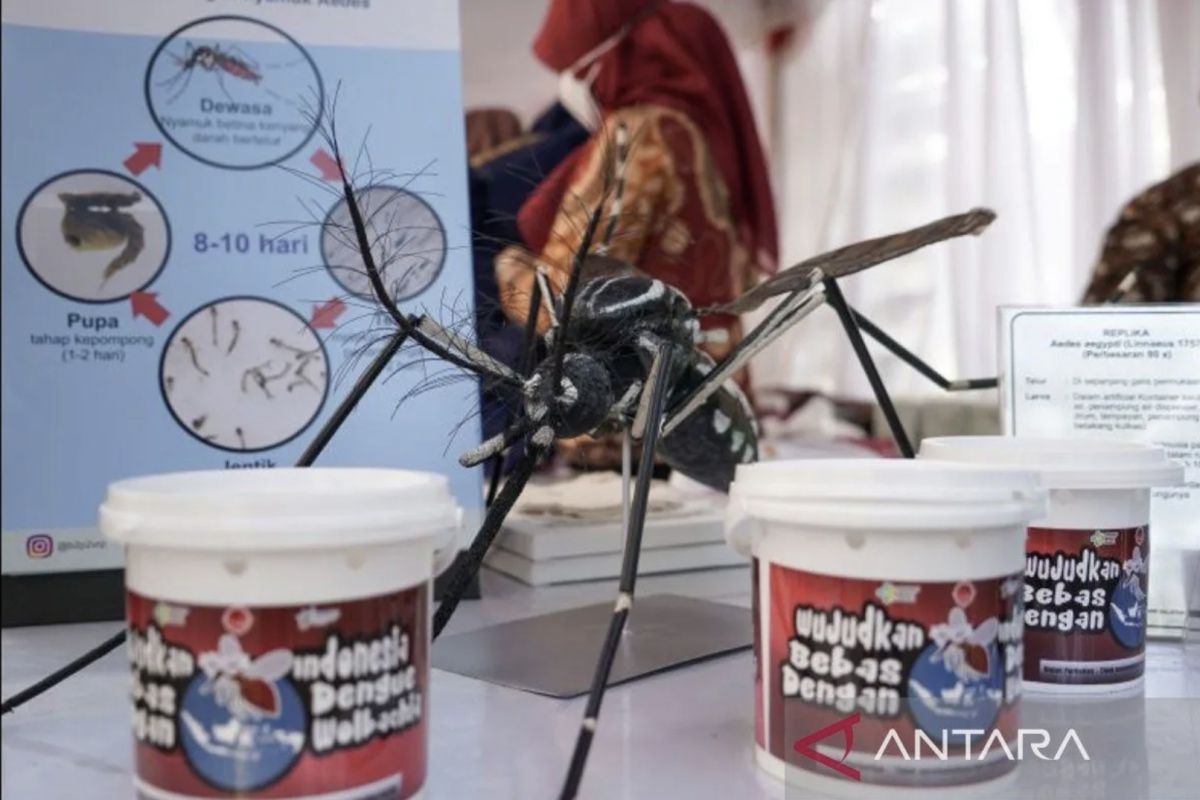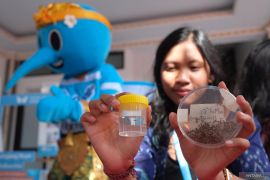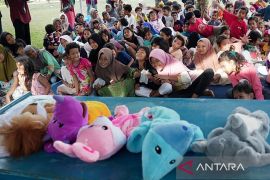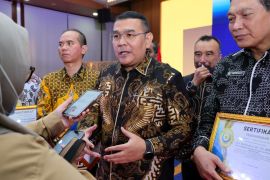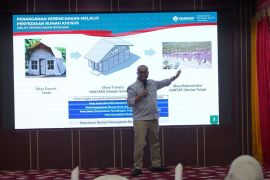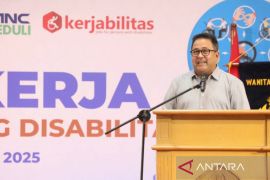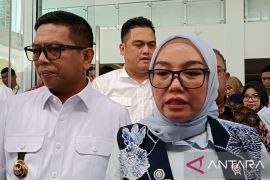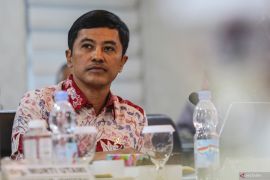Director General of Disease Prevention and Control at the Ministry of Health Maxi Rein Rondonuwu stated that the characteristics of Aedes aegypti mosquito in areas where Wolbachia-infected mosquitoes have been released remain the same.
In addition, the signs and symptoms of people bitten by the Aedes aegypti mosquito are also the same, such as high fever followed by muscle pain, nausea, vomiting, headaches, nosebleeds, and bleeding gums.
"Overall the characteristics and symptoms are the same, and there was no difference in the number of Aedes aegypti mosquitoes before and after Wolbachia was released," he noted in a statement received here on Tuesday.
He stated that the spread of Wolbachia-bearing mosquitoes has proven effective in reducing cases of dengue fever in the city of Yogyakarta.
Since they were first released in 2017, Wolbachia mosquitoes have been proven to reduce the incidence of dengue by 77 percent and hospitalizations by 86 percent.
Based on monitoring by the Ministry of Health and health services in Semarang, Kupang, Bontang, Bandung, and West Jakarta, where mosquitoes containing Wolbachia were released, the concentration of Aedes aegypti mosquitoes containing Wolbachia in nature was around 20 percent after the mosquitoes were released.
Rondonuwu remarked that this figure is still below the percentage of Aedes aegypti mosquitoes carrying Wolbachia, which ideally reaches 60 percent in nature.
"After the population reaches 60 percent, the release of mosquitoes carrying Wolbachia will be withdrawn, and the results of the reduction in dengue cases will only begin to be seen after two years, four years, 10 years, and so on, like the implementation carried out in Yogyakarta City," he stated.
The director general confirmed that the application of the technology is guaranteed to be safe, as it uses the natural Wolbachia bacteria found in insects and has gone through relatively long research.
Technological research regarding the spread of Wolbachia mosquitoes in Yogyakarta lasted for 12 years, from 2011 to 2023.
The research went through four research stages, starting from the feasibility and safety phase in 2011-2012, the limited-scale release phase in 2013-2015, the wide-scale release phase in 2016-2020, and the implementation phase in 2021-2022.
Globally, the first study of Wolbachia application for Dengue Elimination (AWED) in Yogyakarta with a Cluster Randomized Controlled Trial (CRCT) design is a design with the highest standards.
In Indonesia, Rondonuwu stated that the risk analysis was initiated by the Ministry of Research, Technology, and Higher Education along with the Health Research and Development Agency of the Ministry of Health involving 20 people from various expertise.
The results of the analysis showed that releasing Wolbachia-infested mosquitoes posed a very low risk.
"In the next 30 years, the chance of increased danger from the spread of Wolbachia-infected Aedes aegypti is negligible," he stated.
In 2023, the WHO recommended the use of Aedes aegypti mosquitoes carrying Wolbachia.
Although mosquitoes carrying Wolbachia have been released, Rondonuwu appealed to the public to complete prevention efforts by implementing mosquito nest eradication (PSN) with 3M plus.
He stated that this step can be taken by draining water reservoirs, closing water reservoirs, and recycling various items that are at risk of becoming breeding grounds for the Aedes aegypti mosquito that causes dengue hemorrhagic fever in humans.
Related news: Addition of Wolbachia locations in W Java awaiting pilot result: govt
Related news: Six cities target dengue with Wolbachia-infected mosquitoes: Official
Translator: Mecca Yumna Ning Prisie, Katriana
Editor: Rahmad Nasution
Copyright © ANTARA 2024
